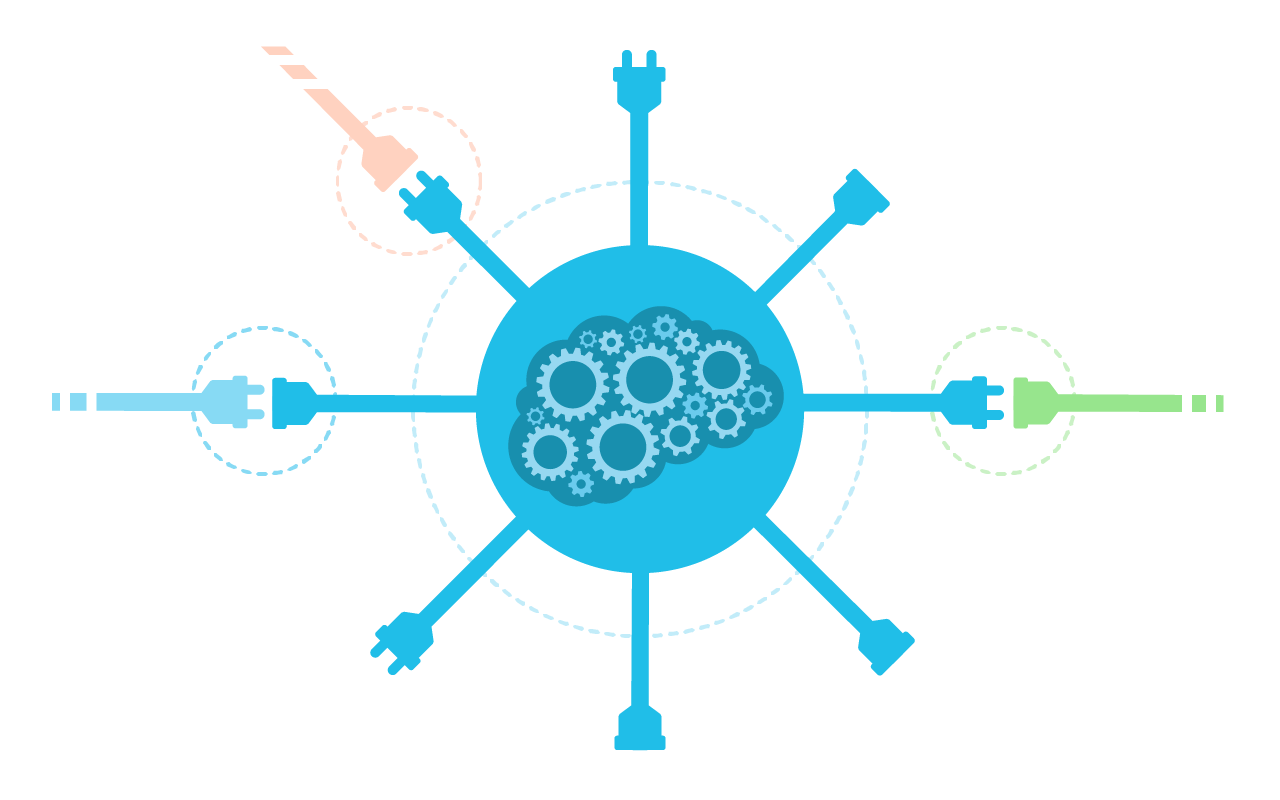When developing a new invention or product idea, partnering with an existing orthodontic company is often the smartest play to make it a reality. As highlighted in the book One Simple Idea, licensing is the business arrangement where one party grants permission to another party to utilize or “rent” its intellectual property.
Why Licensing?
The licensing model is ideal for the practicing orthodontist. Licensing affords the ability to generate passive income by collecting a royalty per unit sold, typically paid quarterly. The average royalty across industries is reported around 5 to 7%. However, in a highly specialized field such as orthodontics, it is not unheard of to secure a rate of 10% or higher. Aside from receiving royalties, it is often possible to negotiate that the licensee pays the legal fees for the patents, while you as the inventor retain the intellectual property rights.
Most importantly, licensing allows you to tap into a corporation’s existing supply chain and distribution network to get your product to market faster. Also, you will be capitalizing on the company’s sales and marketing teams, essentially getting them to work on your behalf.
Alternatively, creating a business to manufacture and sell the product yourself can be a risky endeavor. Not only are you wagering your money, but the precious commodity of time. Think of the potential headaches associated with managing overhead, inventory and fulfillment. By licensing your patented concept, you can avoid the pitfalls often associated with venturing a business.
Approaching Companies for Licensure
Orthodontic companies are hungry for exclusive products that will provide them with an edge over the competition. Consider how many suppliers offer generic goods, whether it be brackets, wires or disposable items. Now more than ever, corporations are actively seeking outside ideas due to a concept called open innovation. Most of the mid-to-small size businesses do not have the resources to develop new products in-house. Even if a company does have their own product development team, these engineers are not always attuned to the routine needs of the practicing orthodontist. Moreover, many companies are eager to partner with doctors in hopes of an eventual endorsement (and if you aren’t willing to endorse your own product, you should consider going back to the proverbial drawing board).
The biggest hesitation often cited in approaching companies with an invention is the fear that they will “steal the idea.” This trepidation is unfounded as companies do not want to embroil themselves in any legal or social media fiascos. Filing a PPA, or provisional patent application, with the USPTO is a highly effective means for establishing perceived ownership of an idea, and is preferred over the pervasive NDA, or non-disclosure agreement. Confidentiality agreements represent a gesture of professionalism between the parties and can act as a deterrent, but NDAs are notoriously difficult to enforce. Furthermore, large companies will not be willing to sign your NDA simply because their product development teams could be working on a similar concept. It may not be worth the risk to enter into this agreement from the corporation’s standpoint. If anything, the company will present you with their NDA drawn up by their in-house counsel.
After the USPTO issues a filing date for your PPA, you can begin contacting orthodontic companies with your marketing sell sheet and video, as detailed in the previous article. While the obvious channel is through your designated sales reps, also consider initial communication through websites, LinkedIn and Facebook Pages. Personally, I have had good success at conferences such as the AAO Annual Session because you can get direct access to the decision makers.
When approaching companies, it is important to cast a wide net as the probability of getting a company to say yes often becomes a numbers game. You will likely need to follow-up several times before getting a response. While rejection is not uncommon, remember to thank the company for the opportunity and ask them for feedback on your product. You will often get candid advice and valuable insight to improve your product or pitch.
Our collective ingenuity is essential for the evolution of the specialty. By taking advantage of our intellectual property rights, we can help shape our own future.
If you missed the previous articles in this series, check out Inventing Our Future and Bringing Your Ideas To Market. Please leave any questions or comments either below or on the Ortho Cosmos Facebook Group.
Disclosure:
I recently licensed a product I co-developed with Dr. Richard Kaye to MidAtlantic Orthodontics (MAO). The ideas and concepts related to licensing have been adapted from best-selling author Stephen Key’s One Simple Idea and the inventRight consulting program, though I receive no compensation from them. Also, only an attorney can give proper legal advice, which I am not.

Leave a Reply